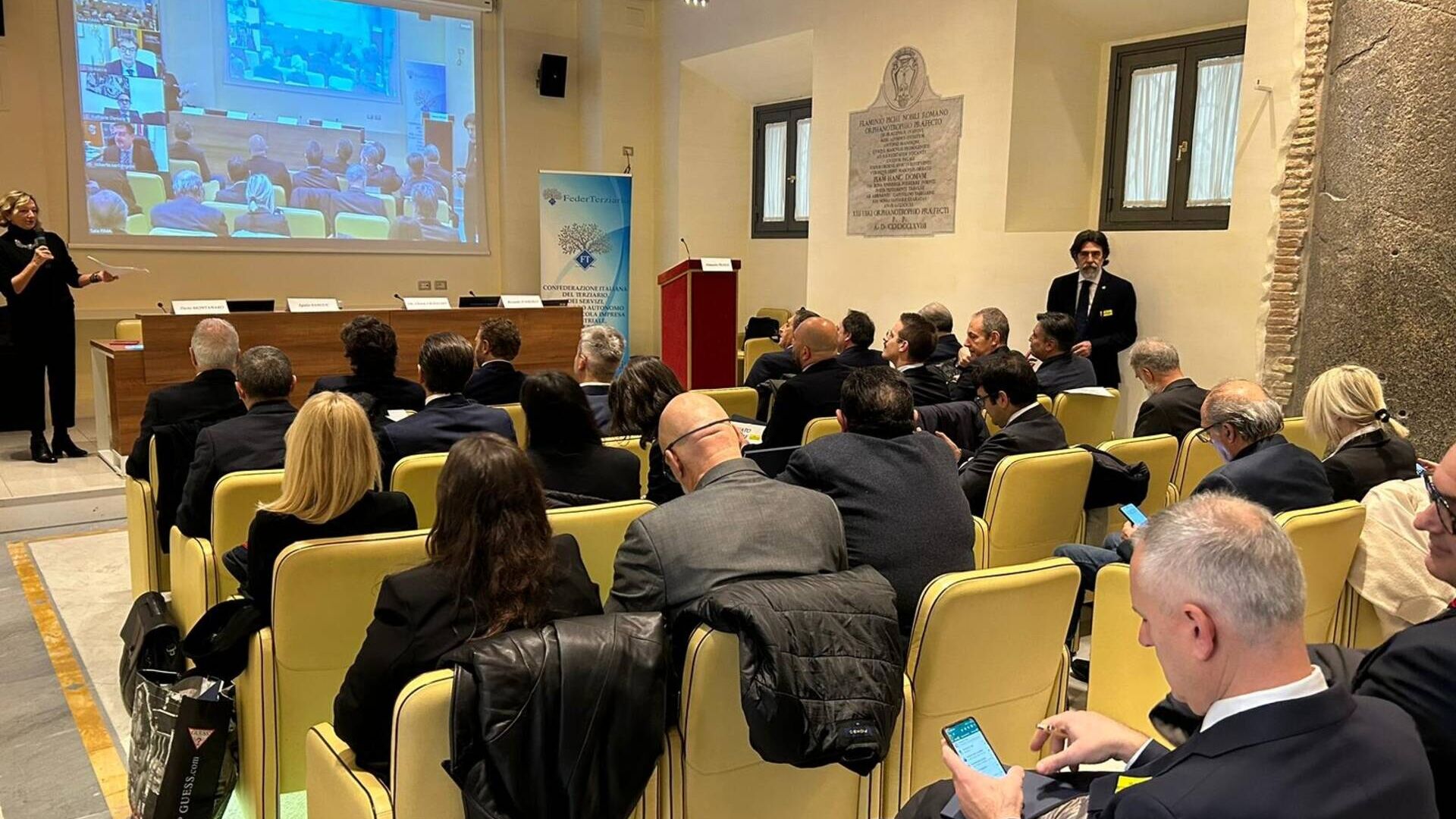Pay offs, headlines, calls to action and much more: the ABC of the marketer
The world of marketing communication or persuasive communication is full of terminologies, widely used by technicians which however remain obscure to those who deal with other things. Many terms are now in common use but few know how to use them correctly, often also because they come directly from the English language and have never been translated. With this, we would like to clarify things a bit.
Let's assume you can't (almost) say the name of a brand without thinking, directly or indirectly, of his own pay offs. This small element is the first step in diversifying yourself from all the others and, above all, crystallizing in the customer's mind as a potential seller of a product that they will need sooner or later.
In other words, if you want to sell in 2020 you have to focus on market positioning, and to do that you need to know who your interlocutor is. The brand is so 1980, and the logo yes, it's fine, it's useful, but let's be realistic: you need a pay off.
With all the distractions and media bombardments we experience every day, there is a need for someone who knows distinguish our business from others, allowing the user to make a choice. And here he enters the field, the pay off, or the "closing sentence".
The rules of the perfect pay off
Here are some of rules that a good pay off should respect:
- The message must synthetically communicate the company's philosophy and mission.
- It must be easy to understand.
- It has to stay in your head!
- It must highlight the quality of the service or product
- It must assume a distinctive relevance for consumers.
Let's take some classic cases of pay offs, such as that of Adidas: “Impossible is Nothing”. Or “Where there is Barilla, there is home”.
And what is the tagline instead?
The term tagline it appeared for the first time around the 10s of the last century and refers to the sentence that an actor pronounces at the end of a film. Nowadays, a tagline refers to a company, individual, social group, or product that evokes a brand image in the consumer's mind. This is the exact same thing as a payoff, but the term refers to its American origin. In England they call it strapline or endline, while in Germany it is the claim.
What is the headline?
The headline is the title that opens a page dedicated to a theme of a newspaper or web page. It represents the first useful concept to understand the published content. In summary, it is the most important element in the information hierarchy.
The headline, or head line, is the title that opens a content, a web page, the theme of a newspaper, perhaps the leading article or the title of a newspaper column and is the main, most important element in the taxonomy of information because it summarizes the entire published content. Often the headline is mistaken for the slogan of an advertising campaign but it is not correct. In SEO terms, the head line is the TAG TITLE, one of the most decisive ranking factors, if not the most decisive, in the process of positioning an article or content in search engines.
But the term headline is also often used in editorial and journalistic fields and is the title that anticipates the summary which then follows the title or the cap of an article.
Considering that most of the time, the reader spends it "above the fold" where the headline is located, it is immediately easy to understand how important this is, indeed basic in persuasive communication and in the world of promotion. In terms of time spent on content, the headline on average occupies over 55% of the time alone!
Whether they are billboards, posters, paper flyers, landing pages, nesletters, sales letters (strongly related to landing pages), blog posts, the headline is the host supported immediately after by the slogan and the payoff we will talk about in this item. People, we know, look for visual shortcuts that can easily imprint themselves in memory in order to get answers that are effective, quick and immediate.
What is Bodycopy?
Il body copy it differs from the rest of the definitions we have given because it does not aim to strike and cause a sensation, or to remain imprinted in the consumer's mind. Its goal is to explain and argue. The descriptive text of an advertisement illustrates the details and particulars, arguing headline and baseline in order to define the promises that you want to establish in the title. Usually, a bodycopy doesn't have a defined length: it all depends on what you are selling and, above all, to whom.
And what is a call to action instead?
Una call to action it is an invitation addressed to the reader in order to perform a specific action, identifiable as a unique text message which is usually conveyed on a widget or button. This amazing inbound marketing tool is sometimes referred to as the disccrucial between rebound and conversion, and is an imperative verb (eg: Call!; or, Contact us) that invites the user to take the first step towards what could turn into a conversion and, possibly, an economic transaction.
We can distinguish the calls to action in two macro-categories:
- Primary call to action: the classic "register", or more complex forms of involvement such as an invitation to subscribe or to make a donation.
- Secondary call to action: this instead is aimed mostly at an invitation to read an article, or to follow a brand on social media. The secondary CTA is usually placed under the first paragraph of the bodycopy.
The strategic relevance of the CTA depends on the complexity of the offer. The call to action wins above the fold when the user can see the offer without scrolling the page. That one wins below the fold when there is a need to analyze the body copy data before deciding whether or not to make the fateful click.
These terms are just some of the interlocking elements that make up the complex picture of online marketing. In the coming weeks, you will find that there is much more than what we have mentioned so far and indeed, what we have shown you is just the beginning. This August, give yourself a gift: enter with us the primer made up of key terms for the online success of your business.
You may also be interested in:
“The patient at the centre”: a great hope and a meeting in the Senate
The topic of the importance of innovation in medical devices for European healthcare will be explored on 15 May in Rome by experts and politicians
by Alberto NicoliniEditor of districtbiomedicale.it, BioMed News and Radio Pico
Four countries, one gigantic ocean: the CMAR case
It is the marine corridor of the eastern tropical Pacific: Panama, Ecuador, Colombia and Costa Rica allied for the protection of seas and marine species...
Lausanne, on the trail of pollution: the story of an incinerator
A team of scientists has reconstructed the events of the Vallon waste-to-energy plant and the invisible contamination that shocked the Canton of Vaud
How the environment determines the characteristics of the cheese
The tasting highlights how, with unchanged production rules, climate and fodder crops influence different organoleptic notes




